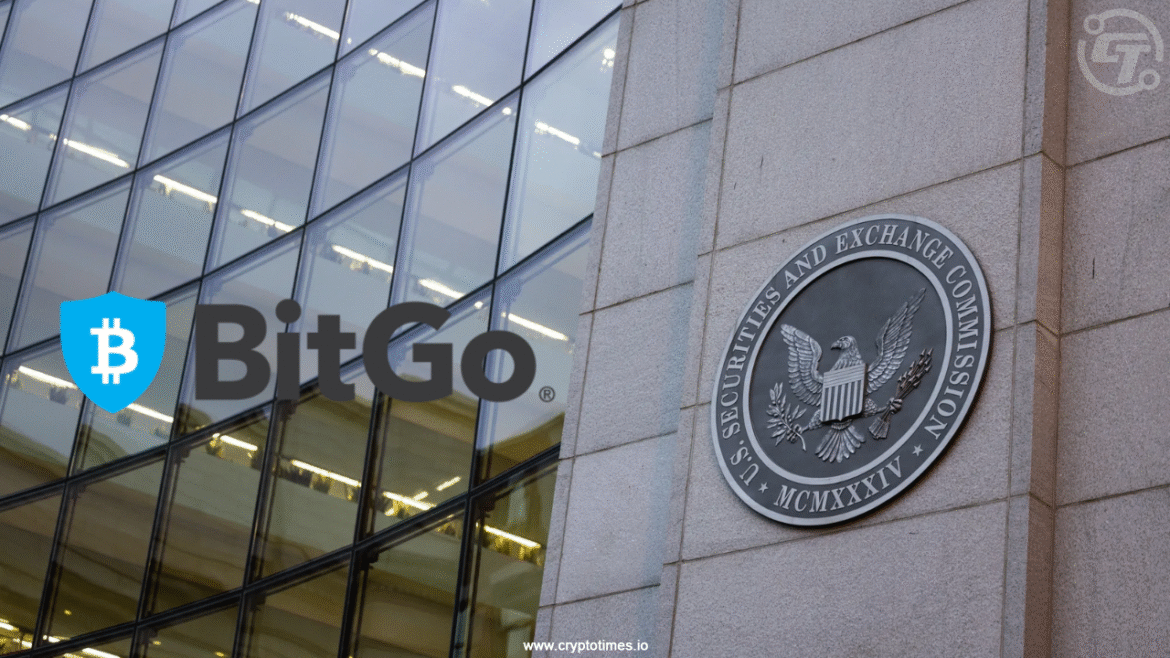On September 22, 2025, the United Kingdom and the United States announced the formation of the “Transatlantic Taskforce for Markets of the Future.” The initiative, led by UK Chancellor Rachel Reeves and US Commerce Secretary Scott Bessent, aims to increase collaboration on key financial topics, with a specific focus on digital assets. The move signals a potential step toward a unified Anglo-American regulatory approach for the crypto industry.
UK-US corridor
The task force was unveiled in an official announcement by Chancellor Reeves. Its stated goals are to enhance collaboration on capital markets and digital assets, according to a government press release. This partnership builds on an existing financial relationship valued at £1.2 trillion in mutual investment.
The UK and US are deeply linked with £1.2 trillion invested between us.
Today @SecScottBessent and I have established the Transatlantic Taskforce for Markets of the Future, enhancing collaboration on key topics such as capital markets and digital assets.https://t.co/gdtZFzMJXx
— Rachel Reeves (@RachelReevesMP) September 22, 2025
While specific details on the task force’s agenda remain limited, the explicit inclusion of “digital assets” represents an advance in their relation. The collaboration can be motivated by a desire to create a more attractive and streamlined regulatory environment for crypto businesses, as well as grow the capital market the relation between the UK-US.
Europe’s regulatory dominance
A unified UK-US regulatory framework can present a challenge to the European Union’s Markets in Crypto-Assets (MiCA) regulation, which is currently the most comprehensive crypto framework globally. This partnership can intensify “regulatory arbitrage,” where crypto firms select where they want to act based on the place that seems more favorable. If the UK and US align their policies, they could create a necessary regulatory bloc capable of shifting the industry’s center of gravity away from the EU.
The establishment of the UK-US task force is an important diplomatic partnership; it represents a potential first move in reshaping global cryptocurrency policy. Industry participants and policymakers will now be closely watching for the task force’s first whitepapers and policy recommendations. The initiative can mark the beginning of a new, two-bloc era in global crypto regulation.
Also read: UK Crypto Petition Backed by Coinbase Passes 5,000 Signatures









